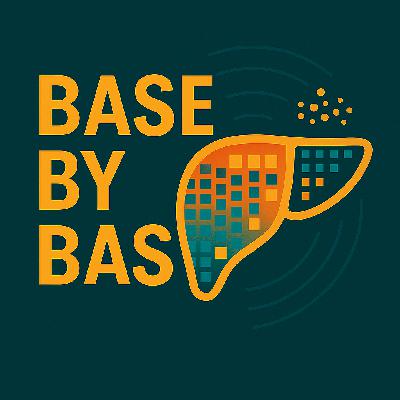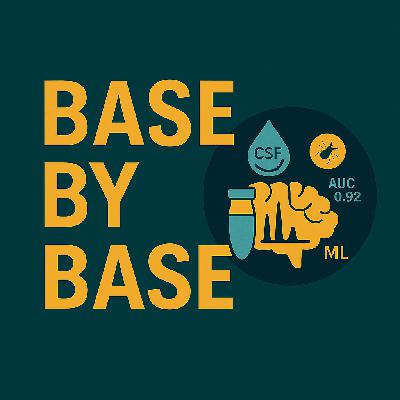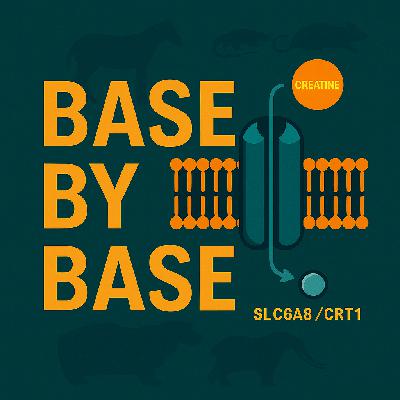178: TP53 Reduced Penetrance: Predictive Features and Clinical Implications
Description
️ Episode 178: TP53 Reduced Penetrance: Predictive Features and Clinical Implications
In this episode of PaperCast Base by Base, we explore how a large ClinVar-anchored analysis integrates functional assays, computational predictors, immunogenicity estimates, allele frequencies, and clinical presentation to identify TP53 variants with reduced penetrance relative to classic Li-Fraumeni syndrome.
Study Highlights:
The authors reviewed ClinVar to assemble a set of TP53 variants flagged by diagnostic labs as reduced penetrance and compared them with benign and standard pathogenic reference sets using four independent functional assays and multiple in silico tools. Reduced penetrance variants tended to show intermediate activity in functional assays—most prominently in the Kato yeast transactivation readout—and had deleterious predictions by BayesDel and AlphaMissense, but with lower scores than standard pathogenic variants. These variants occurred at higher population frequencies than standard pathogenic variants, and carriers presented with cancer at later ages and with attenuated enrichment for classic Li-Fraumeni core cancers, although early-onset breast cancer and pediatric sarcomas remained associated. A random forest model using functional scores, predictors, immune fitness, and allele frequency prioritized 106 additional TP53 variants of uncertain or conflicting significance as potential reduced penetrance candidates for future study.
Conclusion:
The work outlines measurable features that distinguish reduced penetrance TP53 variants from both benign and standard high-penetrance variants, supporting refined classification and personalized surveillance strategies for carriers.
Reference:
Fortuno, C., Richardson, M. E., Pesaran, T., McGoldrick, K., James, P. A., & Spurdle, A. B. (2025). Characteristics predicting reduced penetrance variants in the high-risk cancer predisposition gene TP53. *Human Genetics and Genomics Advances*, 6, 100484. https://doi.org/10.1016/j.xhgg.2025.100484
License:
This episode is based on an open-access article published under the Creative Commons Attribution 4.0 International License (CC BY 4.0) – https://creativecommons.org/licenses/by/4.0/
Support:
If you'd like to support Base by Base, you can make a one-time or monthly donation here: https://basebybase.castos.com/
























